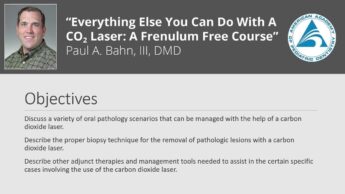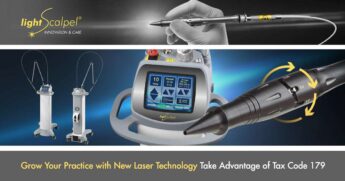Gingival Enlargement
Gingival enlargement can result from either hyperplasia or hypertrophy. Hyperplasia is an abnormal increase in volume of a tissue caused by the formation and growth of new normal cells in a normal arrangement. Hypertrophy is an increase in volume of a tissue caused by enlargement (increase in size) of existing cells.
Types of Gingival Enlargement
- Inflammatory enlargement, commonly induced by the accumulation of plaque. The progression is often slow and painless, although in advanced cases gingival bleeding and oral malodor can arise, indicating an oral infection secondary to periodontal disease.
- Enlargement due to systemic diseases or conditions.
- Drug-induced enlargement due to medications such as immunosuppresants (e.g., cyclosporine A), calcium channel blockers (such as amlodipine, nifedipine, diazem, or verapmil) and anticonvulsants (such as phenytoin or phenobarbital).
- Neoplastic enlargement (benign or malignant tumor).
- False enlargement can be caused by underlying unerupted teeth or bony protuberances pushing the gingiva outward.
LightScalpel CO2 Laser Gingivectomy
One of the ways to remove excess gingiva is through CO2 laser gingivectomy. This procedure helps to improve the esthetics and oral health. The photos from these orthodontic cases show bloodless CO2 laser gingivectomies. Some other benefits of CO2 laser oral surgery include less post-op swelling and discomfort, reduced scarring (due to decreased activation of myofibroblasts at the wound margin in comparison with a scalpel), diminished risk of infection, shortened procedure time (compared to diodes), and smoother recovery.
Case 1: Gingival hyperplasia due to poor oral hygiene
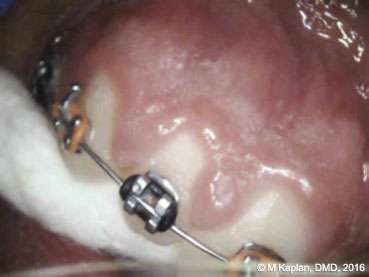
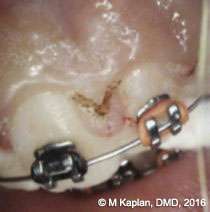
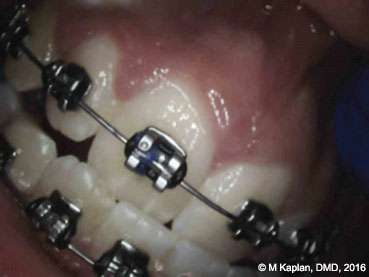
Case 2: Thick hyperplastic gingiva
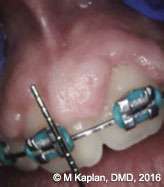
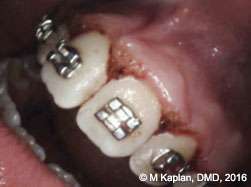
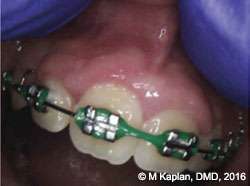
Case 3: Mandible with gingival hyperplasia
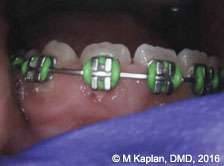
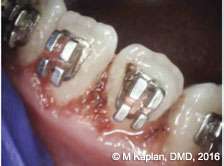

Source:
- Kaplan M, Vitruk P. “Soft tissue 10.6 micrometers CO2 laser orthodontic procedures.” Orthodontic Practice US. 2015 6(6):59-64.
